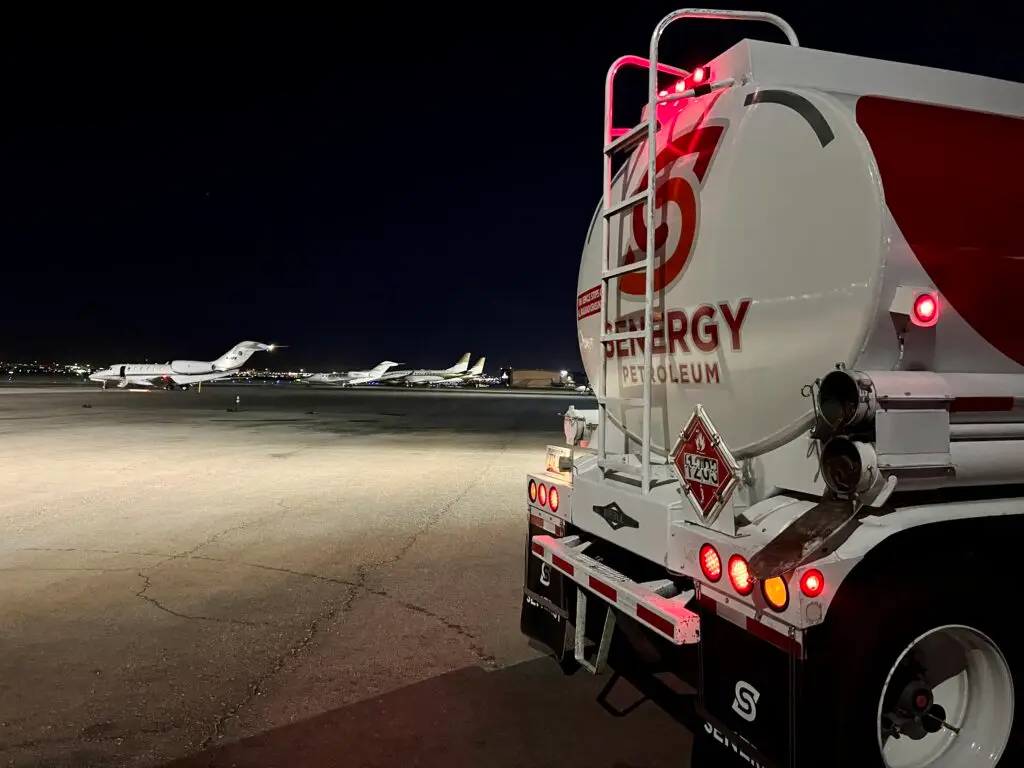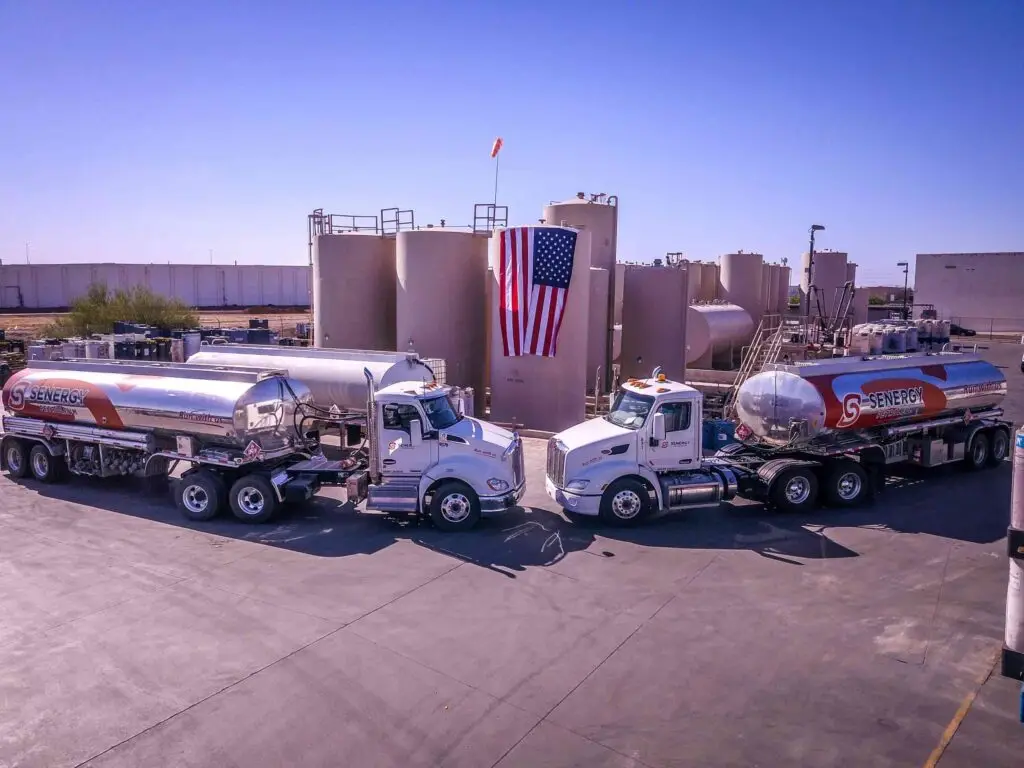No one ever truly anticipates a fuel shortage until it happens. One day, everything is running smoothly — vehicles are on the road, equipment is in use, and generators are powering operations. Then, suddenly, a storm hits, a pipeline goes down, or an unforeseen crisis occurs. Fuel becomes scarce. That’s when businesses that depend on it face significant challenges. Whether it’s a construction site, a delivery fleet, a hospital, or an offsite operation, fuel isn’t just a commodity — it’s the backbone that keeps things moving. Staying operational during a fuel shortage takes more than luck. It requires foresight, preparation, and the right strategies. Unfortunately, many companies don’t consider fuel supply issues until it’s too late. Like any other aspect of risk management, planning for a fuel shortage should be a standard part of operations. Emergencies don’t always allow time to react, which is why having an emergency fuel supply ready to deploy can make all the difference. It’s not about stockpiling for the worst-case scenario — it’s about ensuring you can continue operating seamlessly during unexpected disruptions.





